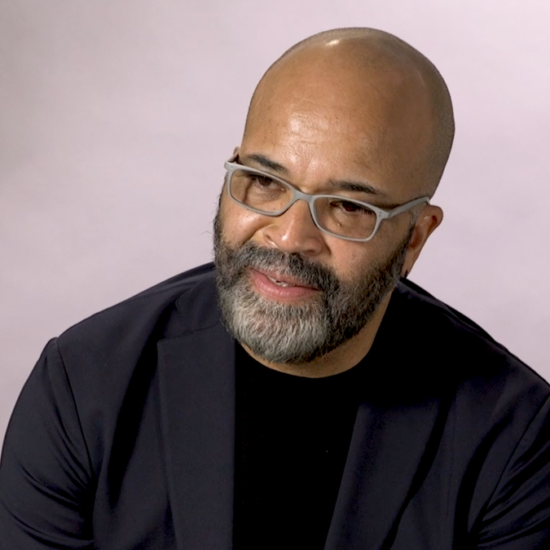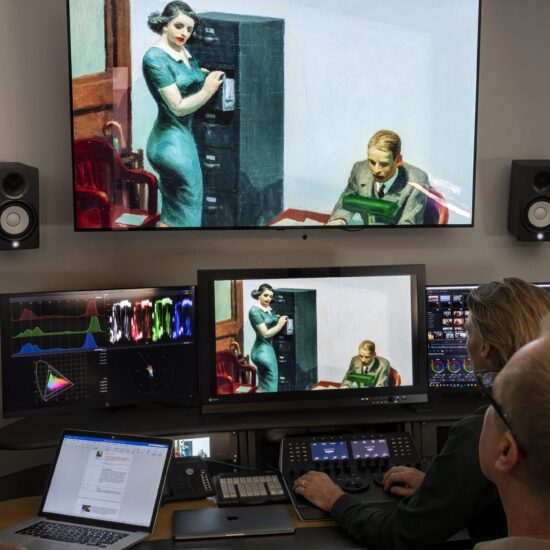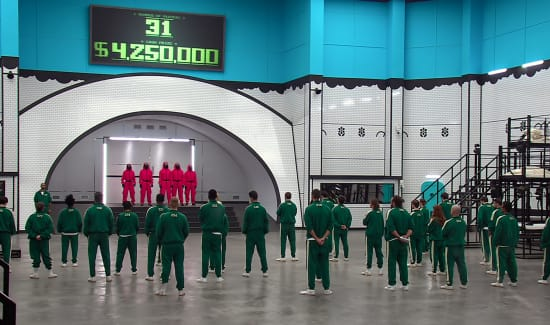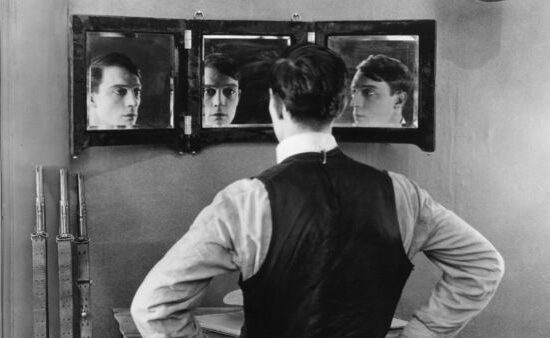
For over 50 years, Duke Ellington toured the world as a composer, bandleader and pianist. From pop melodies to long-form compositions, Ellington saw his music as an evolving expression beyond categorization.
His work continues to invoke the mood and character of the jazz clubs of his era – “The memory of things gone is important to a jazz musician,” said Ellington. Here are seven facts about the artist you may not have known.
1. Teddy Roosevelt would sometimes watch Duke Ellington play baseball.
Edward Kennedy Ellington, better known as “Duke,” was born in 1899. Though Ellington took piano lessons as a child, he also loved playing outdoors. In his memoir, Ellington recounts playing baseball with his friends in Washington D.C., where he was sometimes visited by President Theodore Roosevelt on horseback.
“There were many open lots around Washington then, and we used to play baseball at an old tennis court on Sixteenth Street. President Roosevelt would come by on his horse sometimes, and stop and watch us play. When he got ready to go, he would wave and we would wave at him. That was Teddy Roosevelt – just him and his horse, nobody guarding him.” – Excerpt from”The Duke Ellington Reader,” page 7
2. Ellington’s hit “Take the ‘A’ Train” was nearly thrown out.
Duke Ellington’s signature composition “Take the ‘A’ Train” was written by his frequent collaborator Billy Strayhorn, who joined Ellington’s band as an arranger, composer and occasional pianist in 1939.
Considered one of the most important compositions in all of jazz, the song was nearly discarded by Strayhorn in a fit of frustration. In Stuart Nicholson’s “Reminiscing in Tempo: A Portrait of Duke Ellington,” Mercer Ellington – Duke Ellington’s son – recalled retrieving the composition from the trash.
“ . . . At one point he was having some sort of trouble and I pulled a piece out of the garbage. I said, ‘What’s wrong with this?’ And he said, ‘that’s an old thing I was trying to do something with, but it’s too much like Fletcher Henderson’ . . .it was ‘A’ Train.”
The song would become one of the ensemble’s signature tunes and biggest commercial successes.
3. Ellington was in Mae West’s “Belle of the Nineties.”
In 1934, Paramount Pictures released Mae West‘s fourth film, “Belle of the Nineties.” Based on her original story, “It Ain’t No Sin,” the Western faced production woes due to censorship enforced by the Hays code. The film is considered the first release of the song “My old Flame,” sung by West and performed by Ellington and his orchestra. Mae West recalled fighting with the studio to include Ellington in the film:
“I told them, I said, ‘Now I want Duke Ellington in this picture.’ So, they said, ‘Oh, they don’t know how to play the instruments and so it won’t come over right.’ . . . I said, ‘We need them. You haven’t got anybody here that can play like this man.’”
4. Ellington was a “Jazz Ambassador” for the State Department.
In the 1950s, President Eisenhower was concerned that race relations within the United States negatively impacted America’s international reputation. Starting in 1956, the State Department enlisted jazz musicians to promote “American values” abroad in opposition to racially-charged Soviet Propaganda.
Musicians like Dizzy Gillespie, Louis Armstrong, Quincy Jones, Duke Ellington and Benny Goodman were recruited to travel as cultural ambassadors abroad.
Ellington toured for the State Department on cultural diplomatic missions more than any other musician at the time, and would later visit the Soviet Union, Eastern Europe, Latin America, East Africa and Southeast Asia. His albums “Far East Suite,” “Latin American Suite” and “Afro-Eurasian Eclipse” were all influenced by these travels.
5. Ellington had a cameo in “Anatomy of a Murder” in addition to composing the score.
In 1959, Ellington was asked to write a film score for director Otto Preminger’s courtroom drama, “Anatomy of a Murder.” Completed a year after Miles Davis’ score to Louis Malle’s “Elevator to the Scaffold,” “Anatomy of a Murder” was one of the first Hollywood films to use jazz as a musical backbone. On creating the score, Ellington recalled:
“Although we had participated in many films, shorts and full-length features . . . it was not until 1959 that I was asked to do the score for a movie — Otto Preminger’s ‘Anatomy of a Murder.’ The shooting was done at Ishpeming, Michigan, and I went up there without Billy Strayhorn, but it all boiled down to the same thing whether he was there or not. He was always my consultant.”
The music went onto win three Grammy Awards: “Best Performance by a Dance Band,” “Best Musical Composition First Recorded and Released in 1959” and “Best Sound Track Album.”
In addition to composing the score, Ellington appears in the role of “Pie Eye” and can be seen playing piano alongside the protagonist portrayed by James Stewart. Considered a landmark in cinema history, the film was controversial due to its groundbreaking candor regarding sex, including using language like “contraceptives,” “panties” and “penetration.”
6. Duke Ellington is one of the most recorded jazz artists of all time.
Ellington wrote or collaborated on over 1000 pieces during his lifetime, ranging from short songs to full suites. His prolific body of work is one of the largest collections left behind in jazz history, with many of his pieces considered jazz standards like “Moon Indigo,” “It Don’t Mean a Thing (If it Ain’t Got That Swing),” “Caravan,” “Prelude to a Kiss” and “Don’t Get Around Much Anymore.” Unfortunately, some of his Decca master recordings were lost to the 2008 Universal fire.
7. Ellington was awarded the Presidential Medal of Freedom by Richard Nixon.
In 1969, Richard Nixon held a 70th birthday party for Duke Ellington to award him with the Presidential Medal of Freedom. Benny Goodman, Count Basie, Cab Calloway and Dizzy Gillepsie were all in attendance at the event. As the book “Duke Ellington” by Kent Smith recounts, President Richard Nixon remarked that Ellington had greeted each person with four kisses.
“One for each cheek, Mr. President,” said Ellington.
The evening included Nixon playing “Happy Birthday” for Ellington on the piano and a celebratory jam session with many of the musicians in attendance participating. Upon Ellington’s passing in 1974, Nixon said, “the wit, taste, intelligence and elegance that Duke Ellington brought to his music have made him, in the eyes of millions of people both here and abroad, America’s foremost composer. We are all poorer because the Duke is no longer with us.”
Works Cited




















